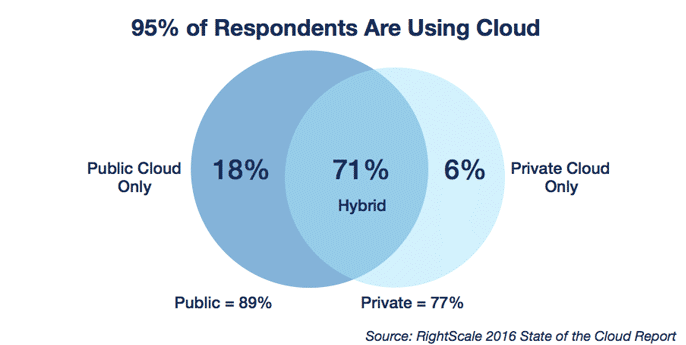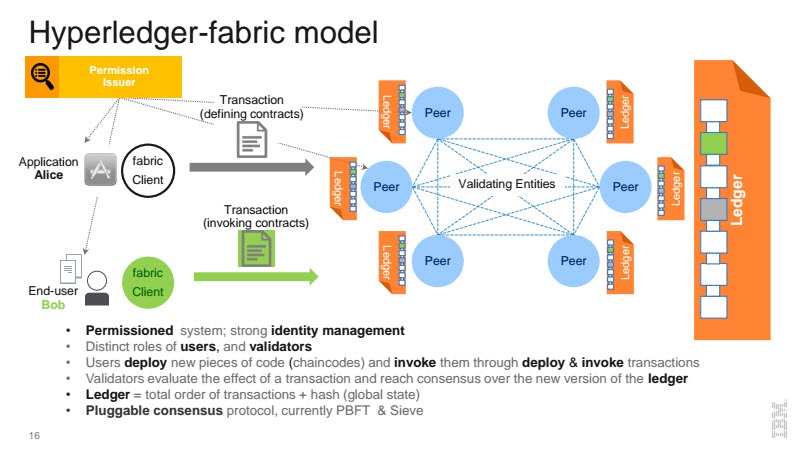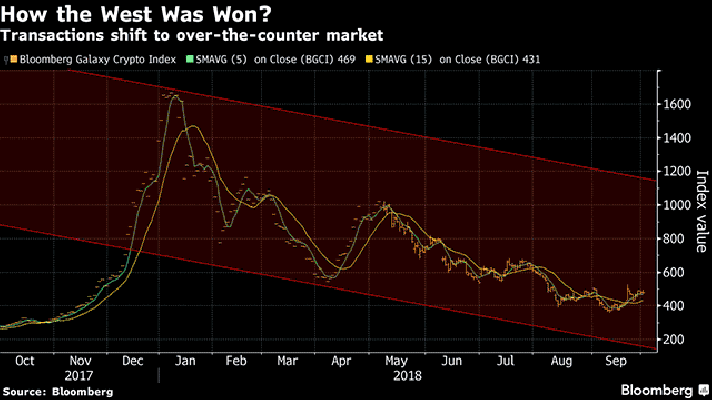2016–2017 Trends: Top 10 Issues of Enterprise IT
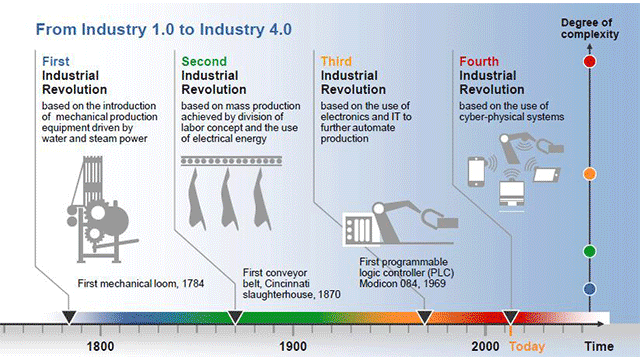
All Trends | A “Varietal Cloud” and PaaS | Neo-AI and Neo-Luddism |
Blockchain | Smart Cities | Industry 4.0 | Open Source
Trend #10: A “varietal” cloud
Even though a large majority of enterprise workloads are still not cloudy, most organizations are doing something with cloud computing. Many enterprises are now testing several clouds, in search of the ultimate mix for their organizations. I think of it as a “varietal” cloud rather than the popular term—a hybrid cloud. One of these “varietals,” however, is the idea of going all-in on public cloud, as several firms have done (e.g., Netflix, Pinterest, The Guardian, etc.).
Trend #9: The PaaS revival
PaaS is back! Just two years ago, assumption were made that PaaS would be subsumed by infrastructure. But the platform (the “P” in PaaS) is in fact emerging as the key layer in cloud-computing deployments, and is being increasingly recognized in its role “above the rack and below the stack” in datacenters.
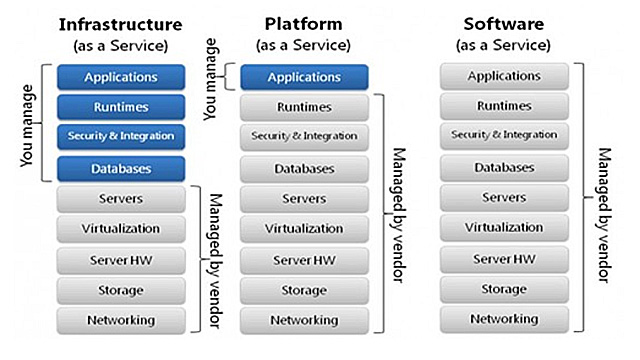 Source: cloudacademy.com
Source: cloudacademy.com
Trend #8: Neo-AI
No set of technologies has been as troubled as those associated with artificial intelligence (AI). However suddenly this year, the inevitability of Moore’s law and some fresh thinking has put AI squarely in the center of much of enterprise IT. Its siblings, machine learning (ML) and deep learning (DL), have also benefited from this new wave of AI.
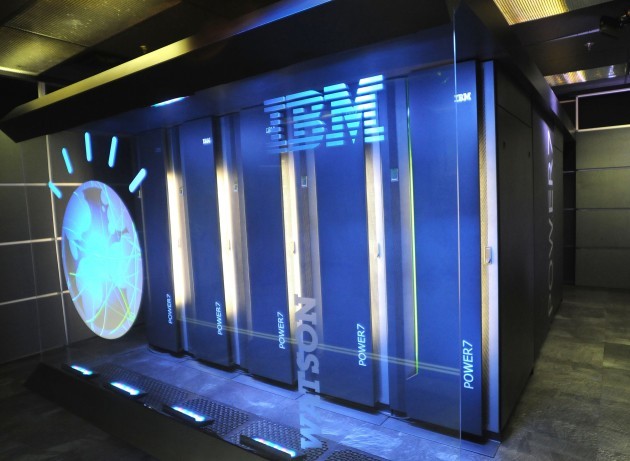 Source: IBM
Source: IBM
Trend #7: Neo-Luddism
The Luddites have gotten a bad rap over the years. They were not against technology per se, but against unscrupulous use of it. The new eras of AI and robotics, along with a nascent Internet of Things (IoT) has generated, directly and indirectly, new concerns, criticisms, and fears of job replacement and societal disruption.
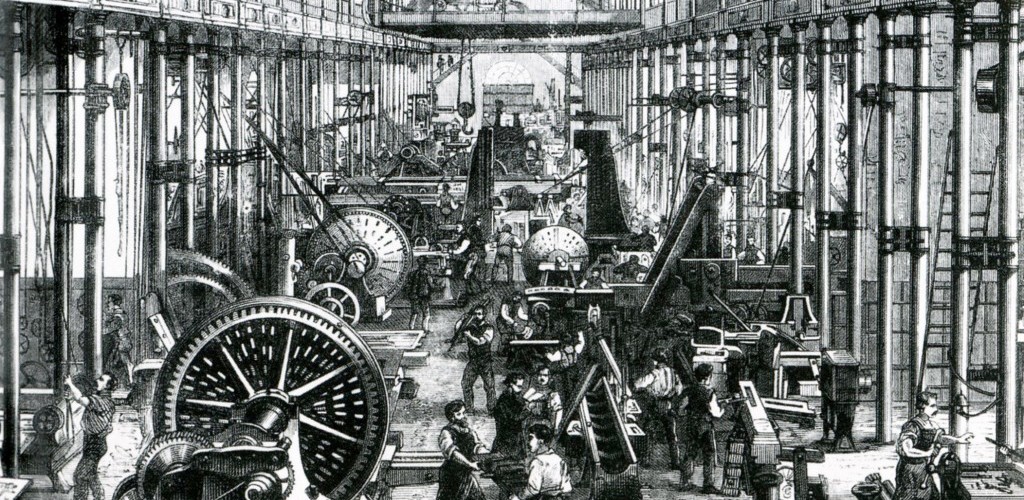 Source: Allison Cuddon
Source: Allison Cuddon
Trend #6: Blockchain proliferation
The blockchain technology generates fear of a different sort, from governments who often view the technology’s cryptocurrencies (i.e., Bitcoin) as anarchic plots. Meanwhile, a corporate blockchain movement (i.e., Hyperledger) is propagating solutions of a different sort. It’s getting tough to know all the players without a scorecard.
Trend #5: ZettaStructure

Bruce Taylor, DatacenterDynamics
The Internet will process more than a million petabytes this year, an amount of data known as a “zettabyte.” And data is doubling every two to three years. Much of it is unstructured, and in ways that grow ever more complex. The issue was addressed seriously at the first DatacenterDynamics Zettastructure Conference in London in November. Now, as wew move through 2017 and beyond, how can all of us in enterprise IT get a grip on all this data, the technology required to handle it, and the electricity required to power it?
More in this article…
Trend #4: Smart cities
The IoT is manifesting itself as the underlying technology for many “smart” devices, including connected cars (driverless and otherwise). As the networks to serve the devices grow, many cities are taking up the challenge of developing grids to encompass increasing numbers of services. From Singapore to Chicago and Boston to London and several parts of Europe, smart cities have emerged as one of the top global issues.
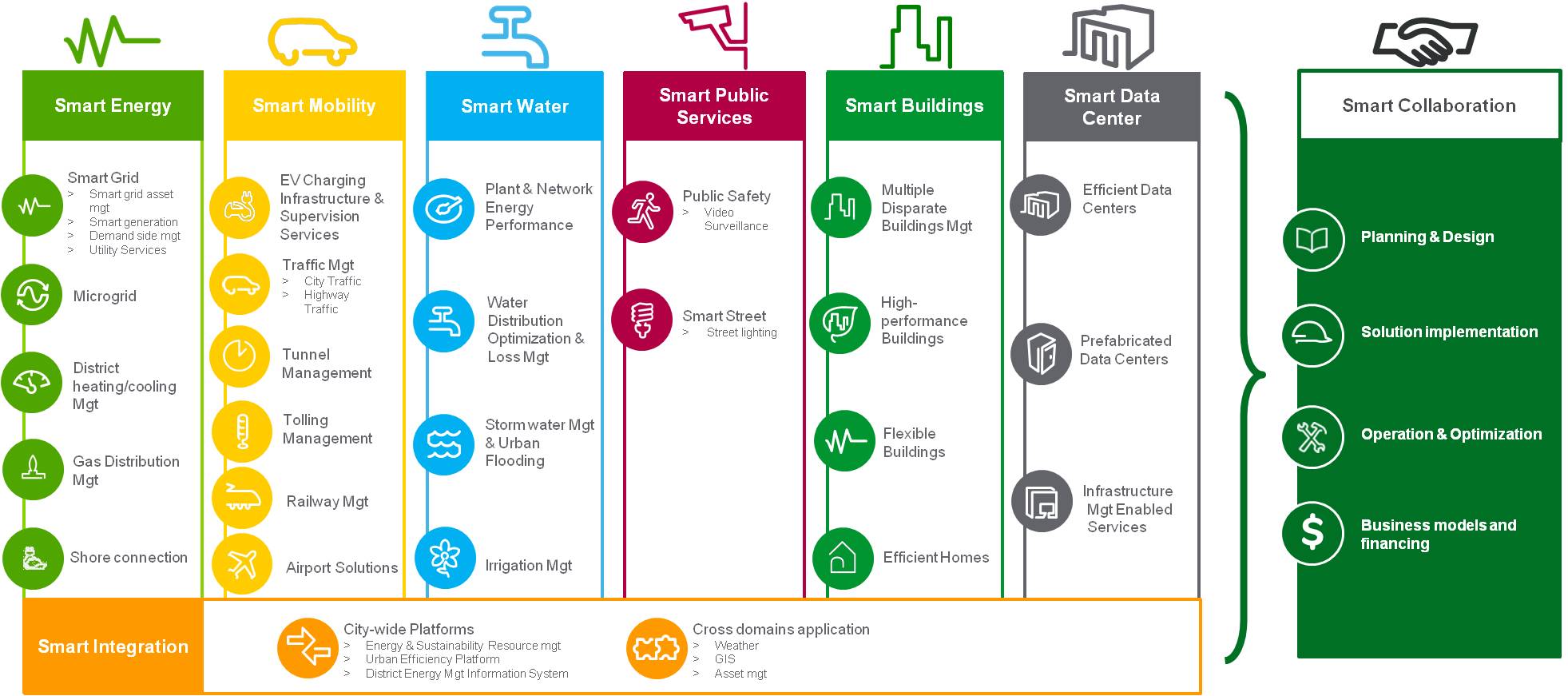 Source: Schneider Electric
Source: Schneider ElectricRead our post on how IoT is impacting global economies and business models.
Trend #3: Industrie 4.0
The IoT is also the key component of the new manufacturing movement, sometimes characterized as the Industrial Internet of Things (IIoT), and also known as Industry 4.0. I’ve chosen the moniker “Industrie 4.0” to describe this trend, as it is used in a very specific way by manufacturing thought leaders in Germany, who are starting to show the world how a manufacturing renaissance can be accomplished.
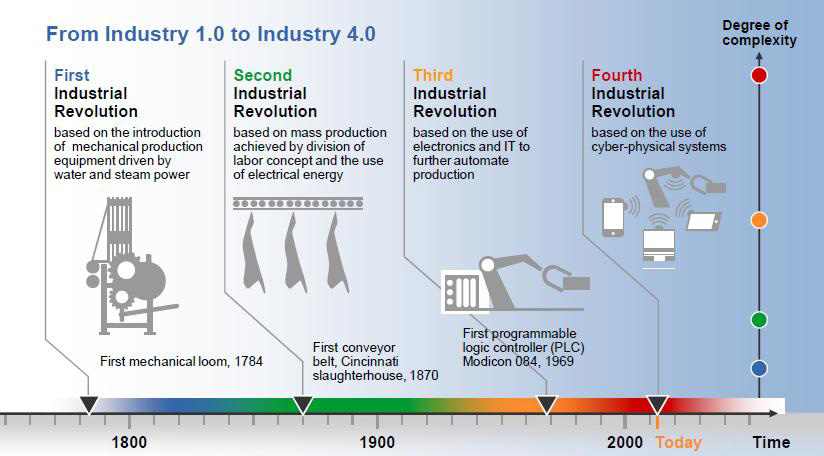 Source: German Research Center for Artificial Intelligence (DFKI), 2013
Source: German Research Center for Artificial Intelligence (DFKI), 2013Here’s our article on how automated manufacturing spreads across various industries.
Trend #2: Open-source ecosystems
We’ve moved beyond the distinction of “free speech versus free beer” to a maturing time of vast, open-source ecosystems being a requirement of any big technology vendor. It’s amazing to people who’ve been around a couple of decades or more to see IBM, Microsoft, and even SAP, among many others, to espouse the use of highly variegated tool sets for customer solutions. I think, Linus started it all, but many others have not joined the parade.
Trend #1: Innovation mondiale
Global innovation by any other name is still as sweet. It’s time for everyone to stop trying to replicate Silicon Valley, as hundreds of regions throughout the world are now creating innovative solutions, whether for local use or broad enough to be adopted globally. It’s a marvelous thing to witness what people in China call 全球创新 (Quánqiú Chuàngxīn, or “full world new creation”), what you call whatever resonates in your local language, and what I like to think of as ubiquitous progress.
 Source: DSTI, Sophia Antipolis, France. One of hundreds of the world’s innovation regions
Source: DSTI, Sophia Antipolis, France. One of hundreds of the world’s innovation regions
Honorable Mention: FinTech
FinTech is taking London, New York, Singapore and other financial centers by storm. It didn’t quite make the Top 10 list because it seems to me to be a function of many of the other trends, rather than a primary driver itself. My detailed thoughts on the topic will be part of the series.



